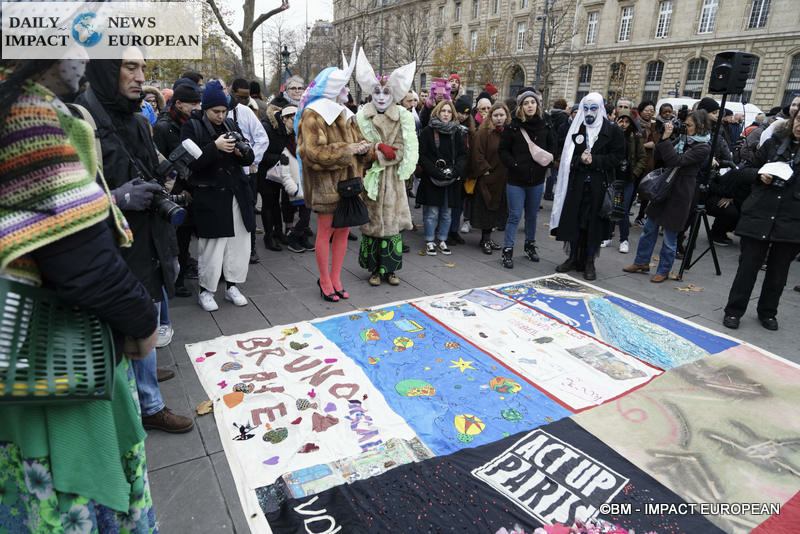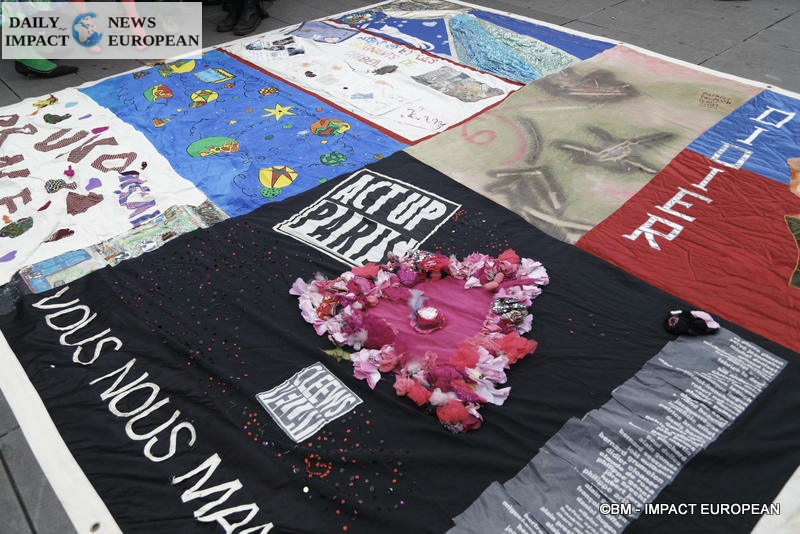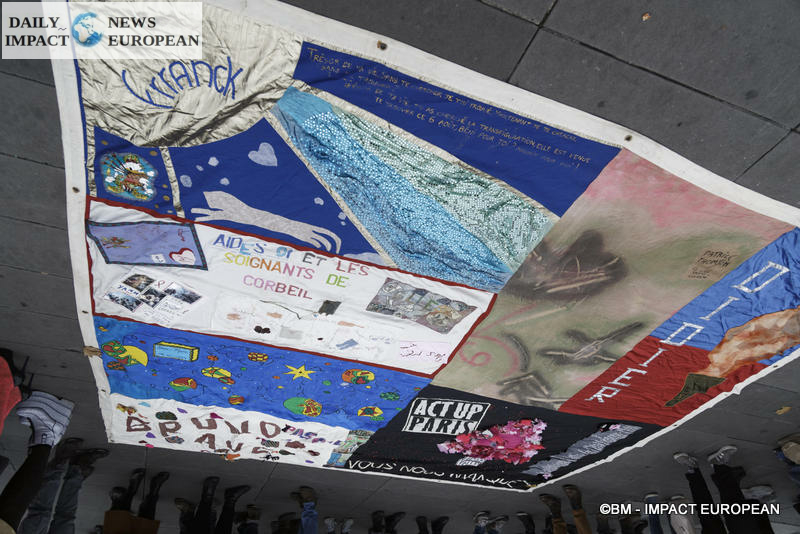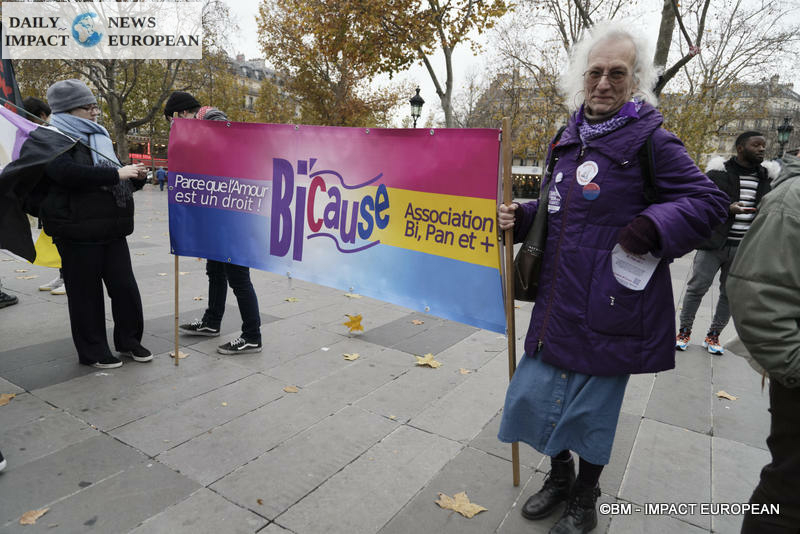In 1988, the General Assembly had expressed its deep concern at the AIDS pandemic. Noting that the World Health Organization (WHO) had designated 1 December 1988 as World AIDS Day, the Assembly emphasized the importance of this event (resolution 43/15).
Today, more than 36 million people are HIV-positive and have AIDS. World AIDS Day is not the only occasion to come back on this issue, but by stressing that we must all be together against AIDS, it has its place in the calendar of international days.
Thirty years and yet the epidemic is still active in too many countries. Despite great scientific advances, the most precarious populations are at the forefront of HIV. Inequalities have never stopped feeding the HIV / AIDS epidemic and are sparing no region of the globe. To end the epidemic, the fight against inequalities is essential.
There is an urgent need for greater involvement of community-based organizations in overcoming barriers to services, whether due to administrative hurdles for associations or in the absence of contractual and social arrangements.
Today, the critical advocacy role of community-based organizations is needed more than ever to ensure that AIDS continues to be a political priority, that human rights are respected, and that the legislature and the executive branch take responsibility.
940,000 people worldwide died of AIDS-related illnesses in 2017, by way of comparison, at the peak of the epidemic, 1.9 million deaths worldwide were related to AIDS in 2005. Let’s continue the fight, in the whole world at the international, national and local levels.
The UNAIDS Strategy is one of the first in the United Nations system to align with the Sustainable Development Goals, which set the framework for global development policy over the next 15 years, including the end of the decade. AIDS epidemic by 2030.
At the global level, stakeholders convened for thematic consultations focusing on civil society, medical laboratories, pediatric HIV treatment, adolescents and other major issues.
















More Stories
Ivory Coast welcomes its success at CAN 2023
Paris: The African Book Fair highlighted by its 3rd edition
The World Tourism Fair offers you the idea of a vacation